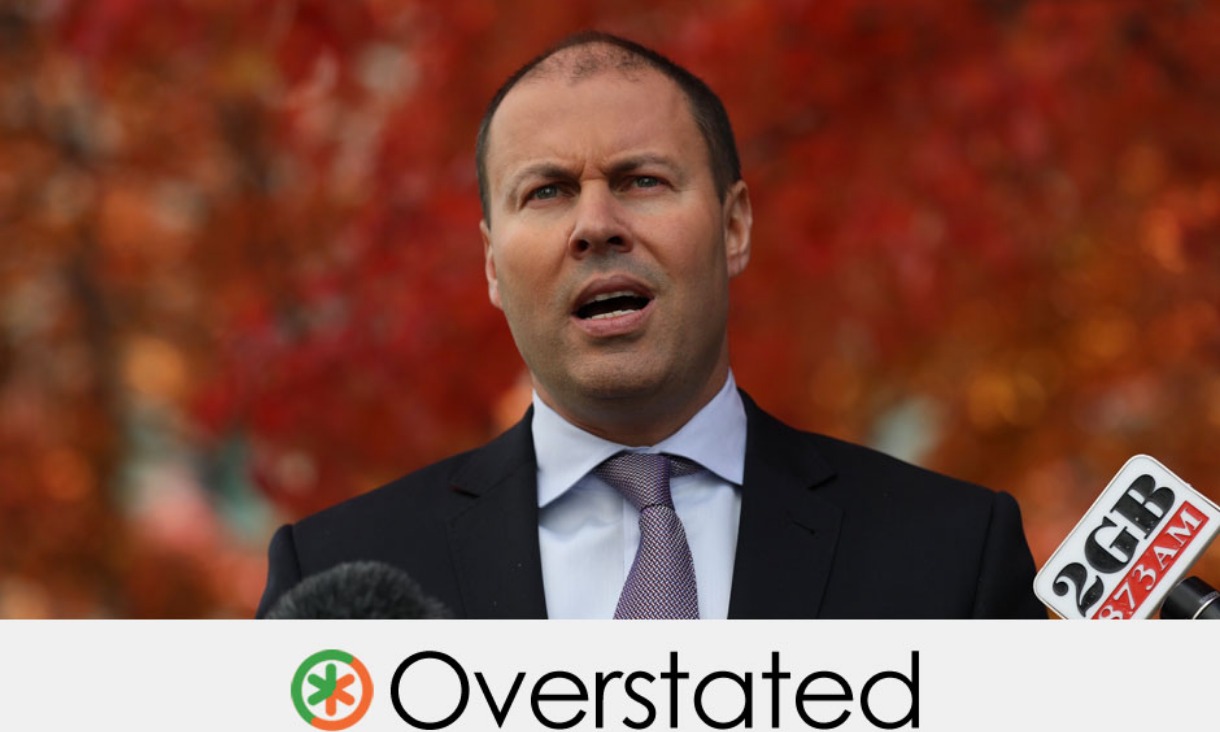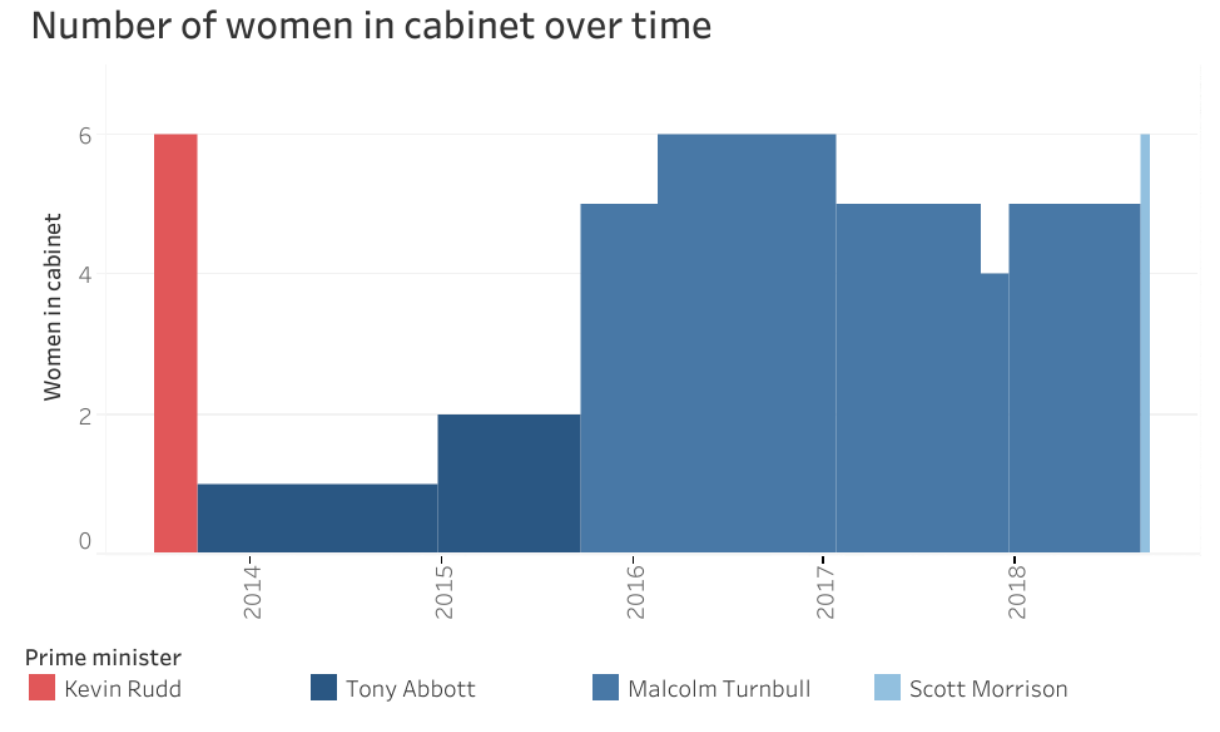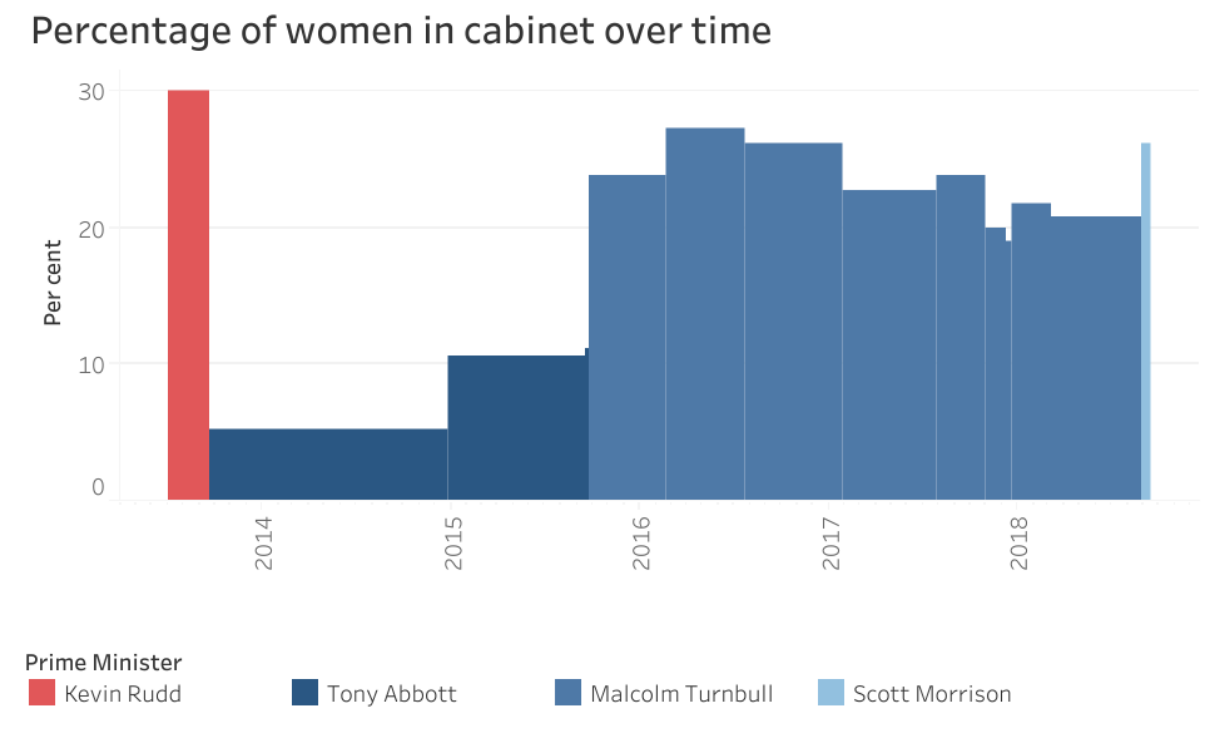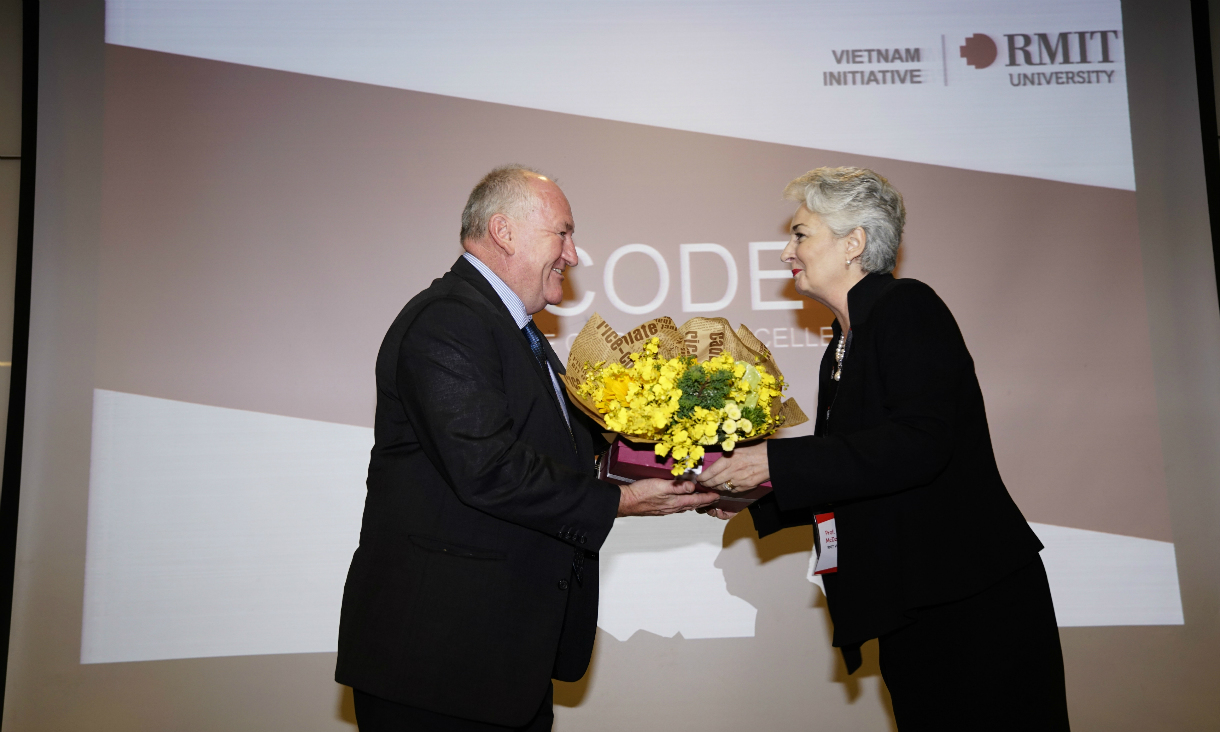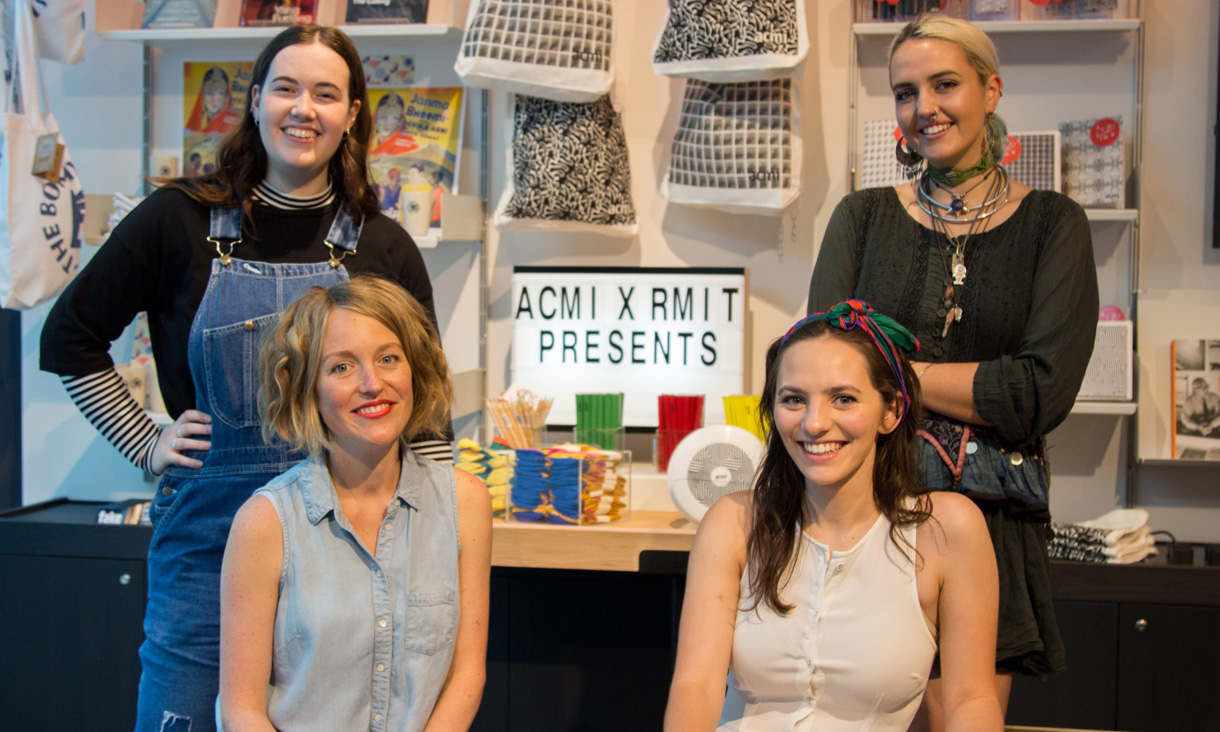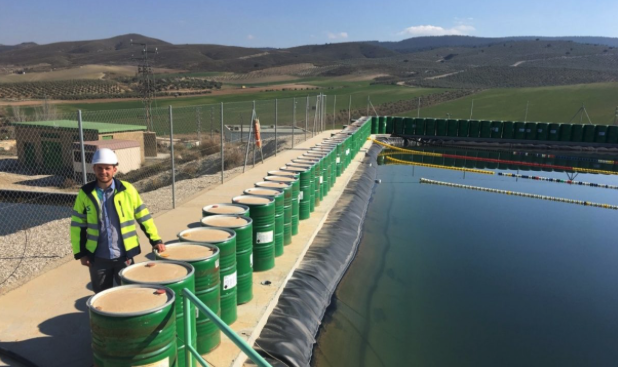The claim
In an interview with ABC's Insiders, newly-installed Deputy Liberal Leader Josh Frydenberg admitted there was a problem, but said the Morrison Government was more inclusive of women.
"... in my first comments to the party room, having been elected Deputy Leader, I said we needed to get more women into safe seats as well as at the top table. And Scott Morrison, in his first cabinet, saw additional female representation."
Does Mr Morrison's inner ministry have additional representation of women? RMIT ABC Fact Check opens the cabinet.
The verdict
Mr Frydenberg's claim is overstated.
In both raw number and proportional terms, it can be said that female representation in cabinet has improved from the figures in Malcolm Turnbull's cabinet in the period directly preceding his removal from office.
But Mr Frydenberg's claim ignores the fact that female representation in the current cabinet is not higher than earlier periods in Mr Turnbull's time in office.
Mr Morrison currently has six women in cabinet, which is as many as there were in Mr Turnbull's cabinet for almost a year at the beginning of his tenure.
By the end of Mr Turnbull's term, there were only five women in cabinet, so it can be said that Mr Morrison has brought the number of women in cabinet back to its peak.
After Mr Turnbull lost the leadership, Mr Morrison did increase the proportion of women at the top table by more than 5 percentage points to 26.1 per cent.
But this is lower than the 27.3 per cent of Mr Turnbull's cabinet at its highest.
Coalition cabinets
Complaints of gender inequality in Coalition cabinets began when the Coalition came to power in 2013, with only one woman — former deputy liberal leader Julie Bishop — given a seat at the cabinet table.
Then Prime Minister Tony Abbott later promoted Sussan Ley to health minister, bringing his total to two.
The total stayed this way until Mr Turnbull took the leadership from Mr Abbott in September 2015.
Mr Turnbull promoted Kelly O'Dwyer, Michaelia Cash and Marise Payne to the inner ministry, and Fiona Nash also joined by virtue of her new position as deputy leader of Coalition partner the Nationals. This brought the total to six, which equals the record set by former Labor prime minister Kevin Rudd when he returned briefly to the top job in 2013.
However in January 2017, Ms Ley resigned from the ministry over an entitlements scandal. She was not replaced.
Ms Nash was knocked out by the High Court over her dual citizenship status, which briefly brought the number to four, until her replacement as Deputy Nationals Leader, Bridget McKenzie, joined the cabinet.
Five women remained in cabinet until Mr Turnbull was replaced by Mr Morrison in August this year.
Ms Bishop left cabinet and went to the backbench, but Mr Morrison brought the total back to six, adding Melissa Price and Karen Andrews.
So in terms of numbers, Mr Morrison has only topped up cabinet to the number of women Mr Turnbull had for almost a year at the beginning of his tenure.
So it cannot be said that the new cabinet sees "additional representation" in comparison with other periods in Mr Turnbull's cabinet.
The graph below shows the recent history of the number of women in cabinet.

